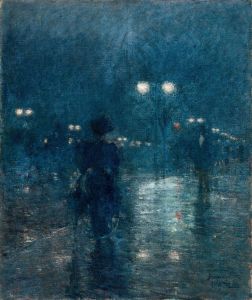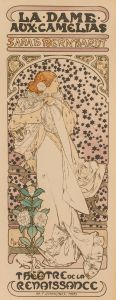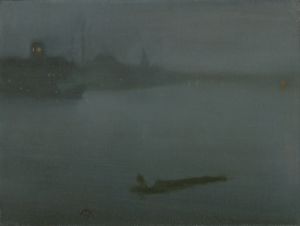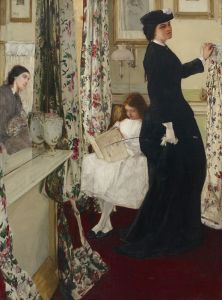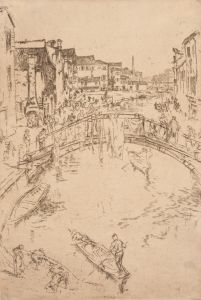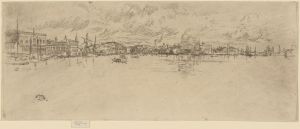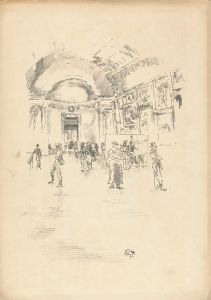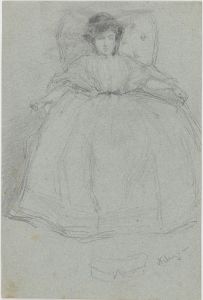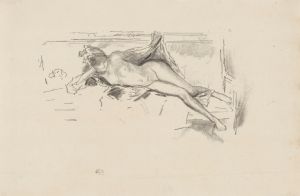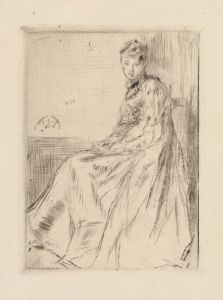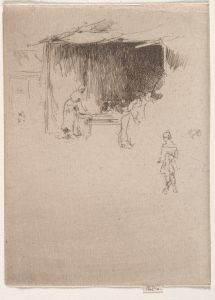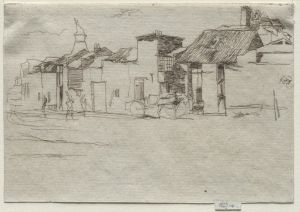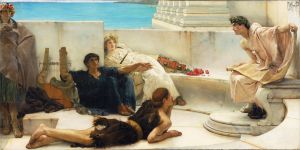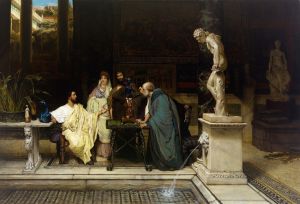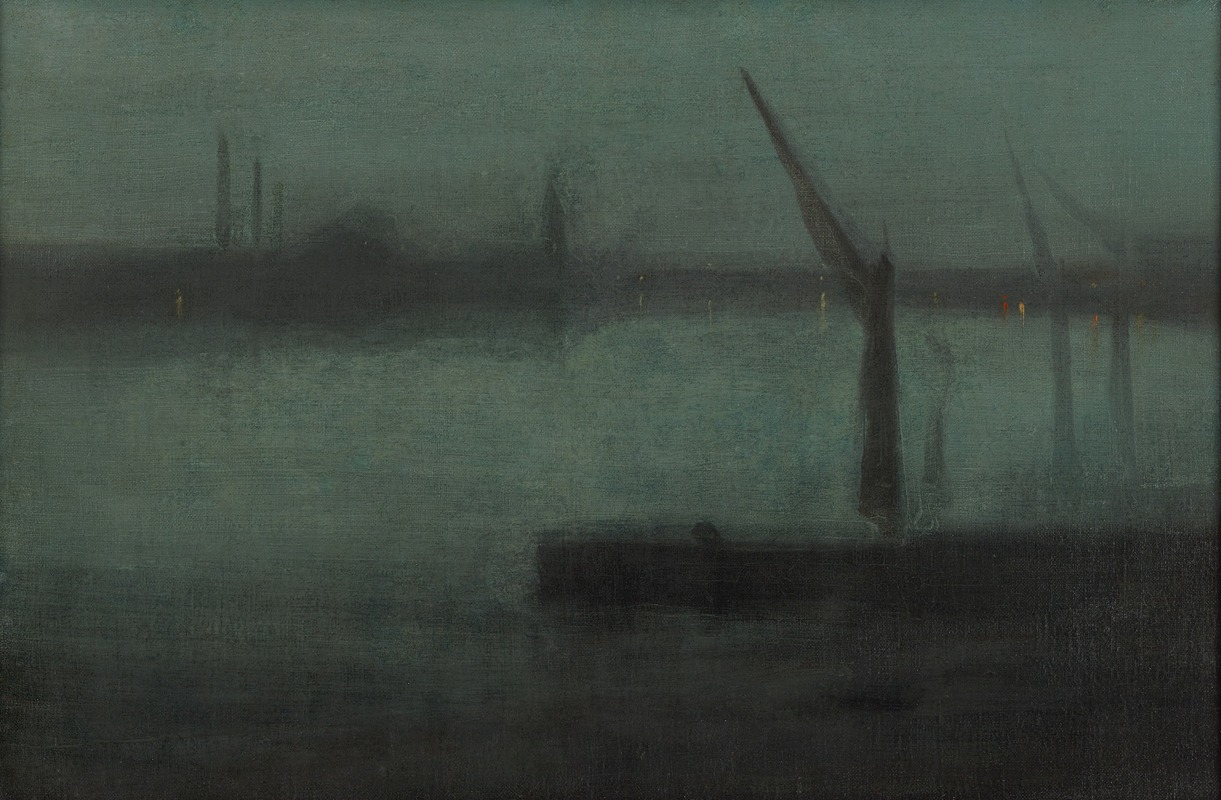
Nocturne: Blue and Silver–Battersea Reach
A hand-painted replica of James Abbott McNeill Whistler’s masterpiece Nocturne: Blue and Silver–Battersea Reach, meticulously crafted by professional artists to capture the true essence of the original. Each piece is created with museum-quality canvas and rare mineral pigments, carefully painted by experienced artists with delicate brushstrokes and rich, layered colors to perfectly recreate the texture of the original artwork. Unlike machine-printed reproductions, this hand-painted version brings the painting to life, infused with the artist’s emotions and skill in every stroke. Whether for personal collection or home decoration, it instantly elevates the artistic atmosphere of any space.
"Nocturne: Blue and Silver–Battersea Reach" is a painting by the American-born artist James Abbott McNeill Whistler, created around 1871-1872. Whistler is known for his contributions to the Aesthetic Movement, which emphasized the visual and sensual qualities of art over narrative content or moral messages. This particular work is part of Whistler's "Nocturnes" series, which features scenes of London at twilight or night, characterized by their subdued color palettes and atmospheric effects.
The painting depicts Battersea Reach, a stretch of the River Thames in London, rendered in a harmonious blend of blue and silver tones. Whistler's use of color and his technique of applying thin layers of paint create a misty, dreamlike quality that captures the quiet, reflective mood of the scene. The composition is minimalist, with the river and its surroundings suggested rather than detailed, allowing the viewer's imagination to fill in the gaps.
Whistler's "Nocturnes" were influenced by Japanese art, particularly the ukiyo-e prints, which he admired for their simplicity and elegance. This influence is evident in the flattened perspective and the emphasis on tonal harmony rather than intricate detail. The painting's title, "Nocturne," was inspired by the musical term, reflecting Whistler's belief that art should evoke an emotional response similar to that of music.
"Nocturne: Blue and Silver–Battersea Reach" is notable for its innovative approach to landscape painting. At the time, Whistler's work was considered radical for its departure from the detailed, realistic depictions that were popular in Victorian art. Instead, he focused on capturing the essence and mood of the scene, using color and composition to evoke a sense of tranquility and introspection.
The painting was part of a broader movement in the late 19th century that sought to elevate the status of painting to that of music and poetry, emphasizing the importance of beauty and aesthetic experience. Whistler's approach to art was encapsulated in his famous credo, "Art for art's sake," which argued that the value of art lies in its beauty and its ability to provide pleasure, rather than in its ability to convey moral or social messages.
"Nocturne: Blue and Silver–Battersea Reach" was exhibited at the Grosvenor Gallery in London, an alternative to the more conservative Royal Academy, which provided a platform for avant-garde artists. The painting, along with Whistler's other "Nocturnes," played a significant role in the development of modern art, influencing subsequent generations of artists who sought to explore the expressive potential of color and form.
Today, "Nocturne: Blue and Silver–Battersea Reach" is held in the collection of the Tate Britain in London, where it continues to be admired for its innovative approach and its serene, evocative beauty. The painting remains a testament to Whistler's skill as an artist and his ability to capture the subtle, ephemeral qualities of the natural world.





